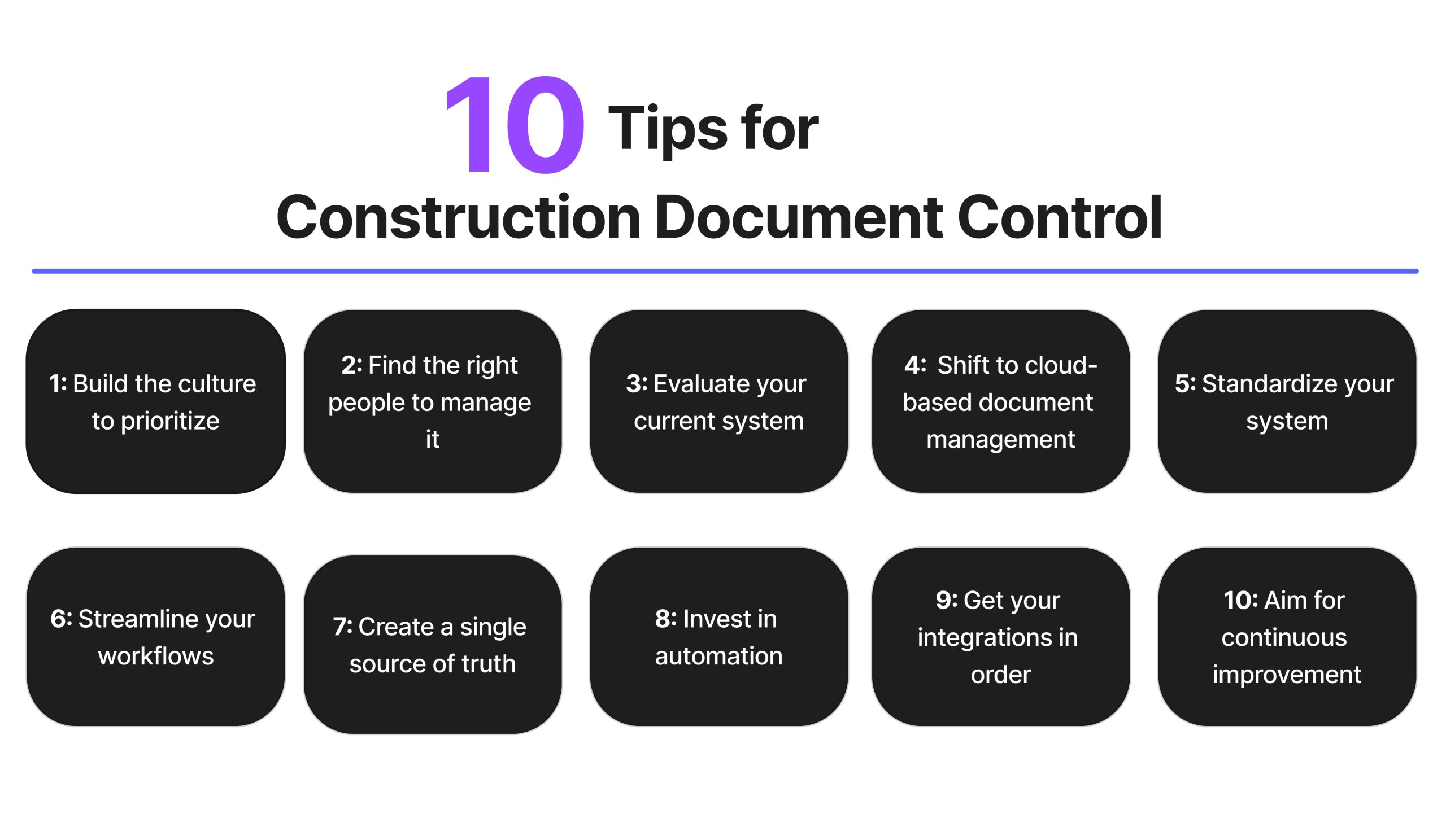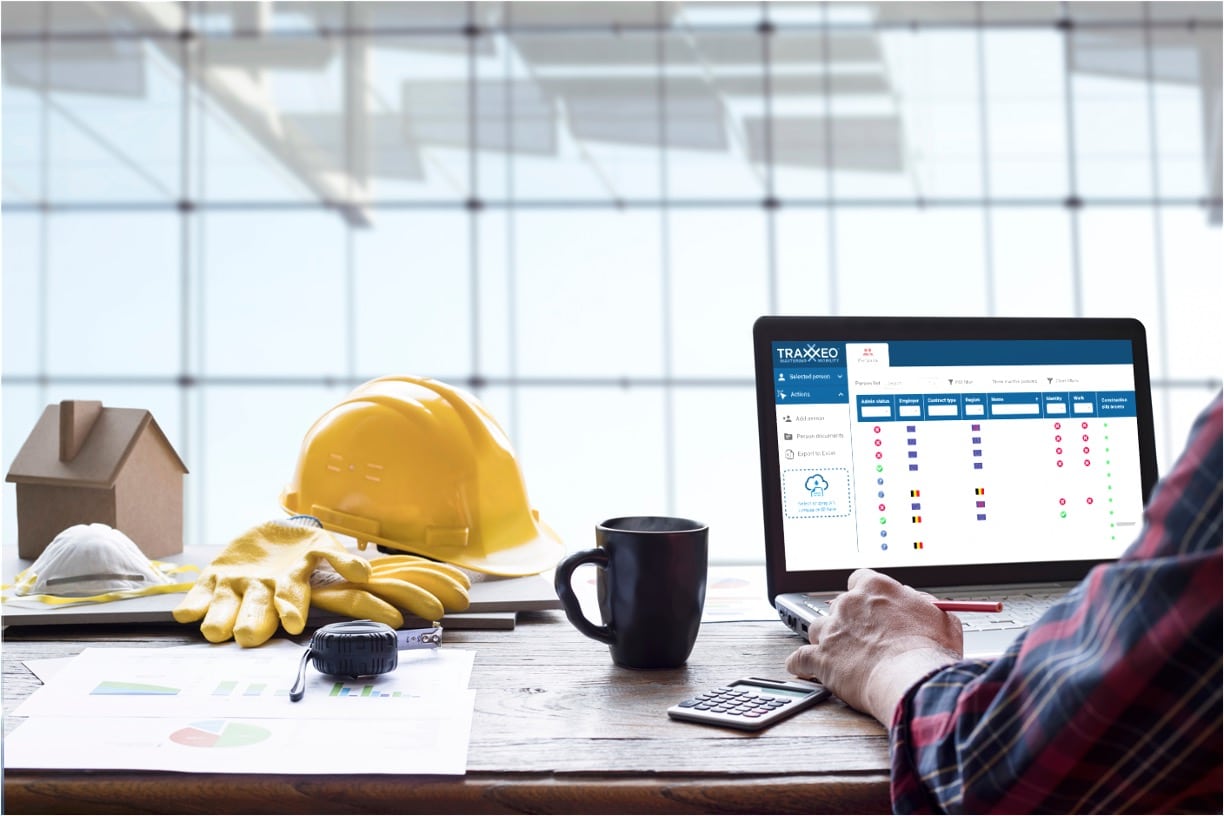Boost Your Task Management: Construction Document Management Equipment You Need
Boost Your Task Management: Construction Document Management Equipment You Need
Blog Article
Achieving Seamless Task Delivery: Architect's Comprehensive Strategy to Construction File Management
One vital facet typically took too lightly is the management of building records, which serves as the backbone of every job. As engineers browse the complexities of sychronisation, implementation, and layout, a detailed strategy to document management arises as a linchpin for achieving seamless project delivery.
Relevance of Building And Construction Paper Administration
Efficient building and construction record administration plays a vital function in guaranteeing job success by helping with seamless interaction and company throughout the building process. By preserving updated and exact building and construction documents, engineers can effectively communicate with contractors, subcontractors, and other stakeholders involved in the project. These files act as a reference point for all parties, making sure that every person is working from the very same collection of information and minimizing the probability of errors or misunderstandings.
In addition, construction file monitoring assists architects remain organized by giving a centralized area for all project-related info, consisting of illustrations, specs, contracts, and document. When needed, this company simplifies the decision-making process and permits for fast accessibility to important task details. Additionally, appropriate record management can enhance job effectiveness, lower costly delays, and eventually cause the effective completion of building tasks. Architects who focus on construction paper monitoring set a solid foundation for job success and demonstrate a dedication to providing top quality outcomes.
Trick Aspects for Efficient Paperwork

Given the essential function that exact and orderly building and construction documentation plays in making sure project success, it is vital to identify essential components that contribute to efficient documents management. First of all, clear and concise interaction is critical. All stakeholders have to comprehend the paperwork needs and have the ability to access and analyze the information quickly. Secondly, developing standard templates and methods ensures uniformity throughout all task records. This includes calling conventions, documents frameworks, and modification control to avoid mistakes and confusion. Thirdly, regular testimonials and updates are vital to maintain documents reflective and existing of the task's progression. This method helps determine any type of disparities or adjustments that require to be addressed quickly. Finally, executing a robust document management system that permits for version control, gain access to restrictions, and audit routes greatly boosts the company and protection of job documents. By integrating these crucial elements into building file management techniques, designers can improve procedures, minimize errors, and ultimately contribute to the effective shipment of tasks.
Utilizing Innovation for Paper Company
Leveraging innovative electronic tools and software program systems is crucial in boosting the organization and availability of building and construction paperwork. Building companies can improve their record management procedures by executing specialized software application developed for the building market. These tools offer features such as version control, cloud storage space, and joint editing and enhancing capacities, making it possible for team members to deal with documents at the same time and guaranteeing everybody has accessibility to one of the most updated info.
One secret benefit of using innovation for record company is the capacity to produce a centralized repository for all project-related files. By saving papers in a safe and secure electronic setting, engineers can quickly browse, obtain, and share info with stakeholders, minimizing the danger of version conflicts or lost data. Furthermore, advanced software solutions often include metadata tagging and indexing performances, allowing customers to classify files effectively and retrieve them quickly when required.
Joint Techniques With Project Groups
To maximize task end results, engineers need to welcome joint strategies when dealing with project groups to ensure smooth interaction and sychronisation throughout the construction procedure. Collaboration with task teams is essential for engineers to effectively take care of building tasks. construction document management. By cultivating open interaction and synergy amongst all stakeholders, architects can streamline decision-making processes, address prospective click to read more concerns proactively, and guarantee that everyone is straightened with the project objectives
Engineers ought to establish clear lines of communication with designers, contractors, clients, and various other vital staff member from the outset of the project. Normal conferences, development updates, and feedback sessions should be set up to keep everyone informed and involved. Using collaborative task monitoring devices can also facilitate real-time information sharing and record partnership, improving transparency and performance.

Ideal Practices for File Version Control

Conclusion
In final thought, efficient construction document monitoring is important for accomplishing smooth job delivery (construction document management). It is critical for architects to apply ideal practices in record management to successfully navigate the complexities of building and construction projects.
Reliable construction document monitoring plays an important function in making certain job success by promoting smooth interaction and company throughout the building procedure. Furthermore, appropriate paper administration can improve job effectiveness, minimize expensive hold-ups, and inevitably see lead to the successful conclusion of building and construction projects.To maximize task results, designers have to accept joint methods when working with task groups to make certain seamless interaction and sychronisation throughout the construction process. Collaboration with project groups is necessary for architects to successfully manage building tasks.In the world of collaborative construction project administration, keeping specific control over document variations stands as a critical technique for ensuring task honesty and communication.
Report this page